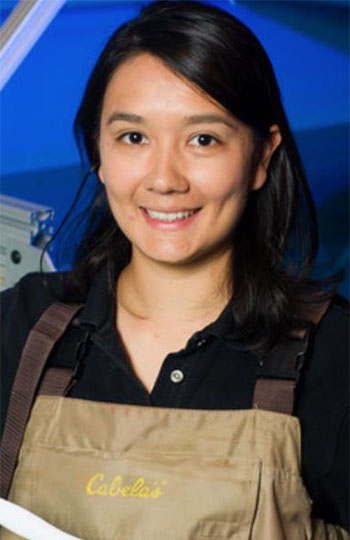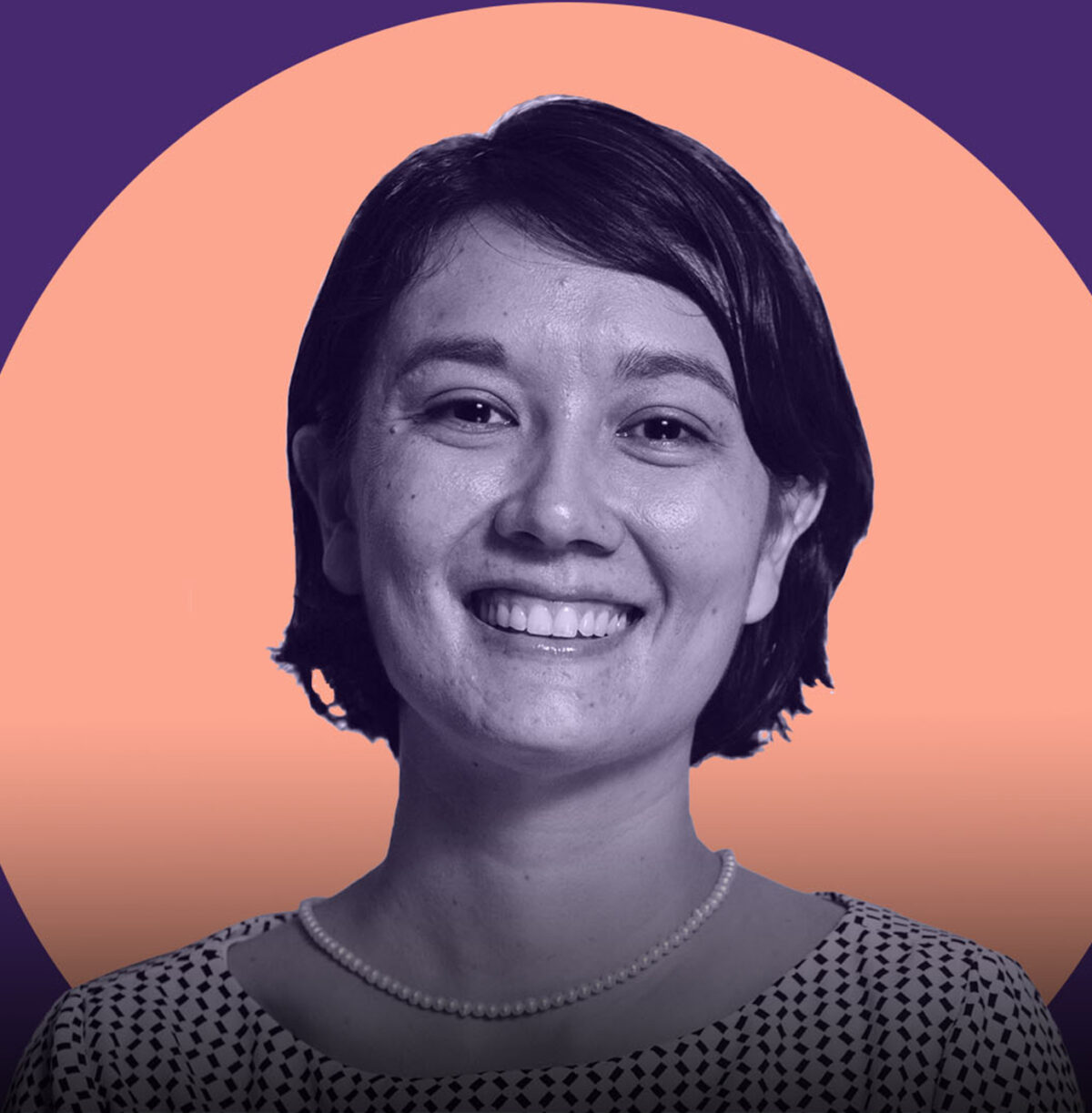On the football field at Ashesi, a group of Engineering students is seen launching plastic cup gliders into the air. The students are learning about the Magnus Effect, the scientific principle which explains David Beckham’s bending free kicks. The class is led by Ashesi Engineering faculty Heather Beem, who has spent nearly 5 years in Ghana developing tools for practical science education in primary schools across the country.
 Heather, who earned her Ph.D. in Engineering at the Massachusetts Institute of Technology (MIT), is CEO and Co-Founder of the Practical Education Network (PEN). Currently based in Ghana, PEN was started by Heather and her classmates, to empower resource constrained primary school teachers to engage their students in hands-on science learning.
Heather, who earned her Ph.D. in Engineering at the Massachusetts Institute of Technology (MIT), is CEO and Co-Founder of the Practical Education Network (PEN). Currently based in Ghana, PEN was started by Heather and her classmates, to empower resource constrained primary school teachers to engage their students in hands-on science learning.
Using low-cost materials – like balloons, kebab skewers, and bottles – the PEN has compiled hundreds of activities aligned to Ghana’s science curriculum; and has trained some 2,600 teachers on how to use the exercises to improve teaching outcomes for students in their classrooms. In Ghana, where PEN estimates that less than 10% of schools can equip science labs, the approach could prove impactful for many students in the country.
Promoting Hands-on Learning in Resource-Constrained Environments
“Growing up, I often heard talk about all that was wrong with the educational system and wondered what an ideal education would look like,” Heather shares. “When I got to MIT, I wondered what it would take to bring the same hands-on learning approach I was experiencing, to all schools around the world – especially in resource-constrained environments.”
And so together with classmates who had developed connections in Ghana through previous projects, Heather led the founding of PEN in 2014. Since then, the non-profit has worked with public schools and organisations like the Ghana Association of Science Teachers (GAST), to reach teachers across the country.
“We initially targeted students directly by organizing science fairs at schools,” Heather explains. “We would explain science concepts like energy to them by taking them through practical exercises such as building small windmills and solar panels. But over time, we realized that it would be more sustainable and enduring to focus our efforts on ‘teaching the teachers.’ I believe it’s been more sustainable and scalable that way, because teachers are with their students almost every day, and can make a more significant and more lasting impact on learning.”
At Ashesi, Heather is bringing the same hands-on teaching strategies she advocates for, into her Engineering classes. Outside of her classes, Heather is also helping Mechanical Engineering students at Ashesi build standard laboratory equipment for future aerospace engineering lessons – not yet taught at Ashesi.
“I realized many students are excited about aerospace engineering, but at the moment, we don’t have the tools we need to make that happen here,” she shared. “The good thing though is that Ashesi students are very comfortable getting their hands dirty in the workshop, more so than I have seen in any other university. So in my labs, I try to come up with simple activities the students can do to develop tools and visualisations for aerospace dynamics. The goal is to help students eventually build versions of these tools at low cost and share what we develop with students and faculty in other universities.
Share this story

